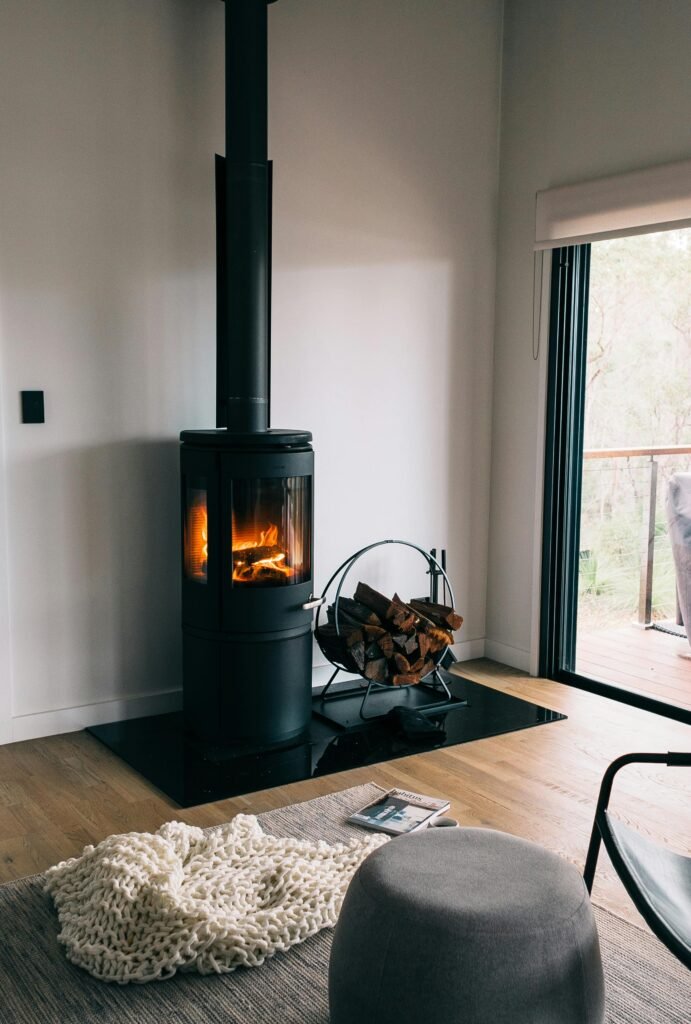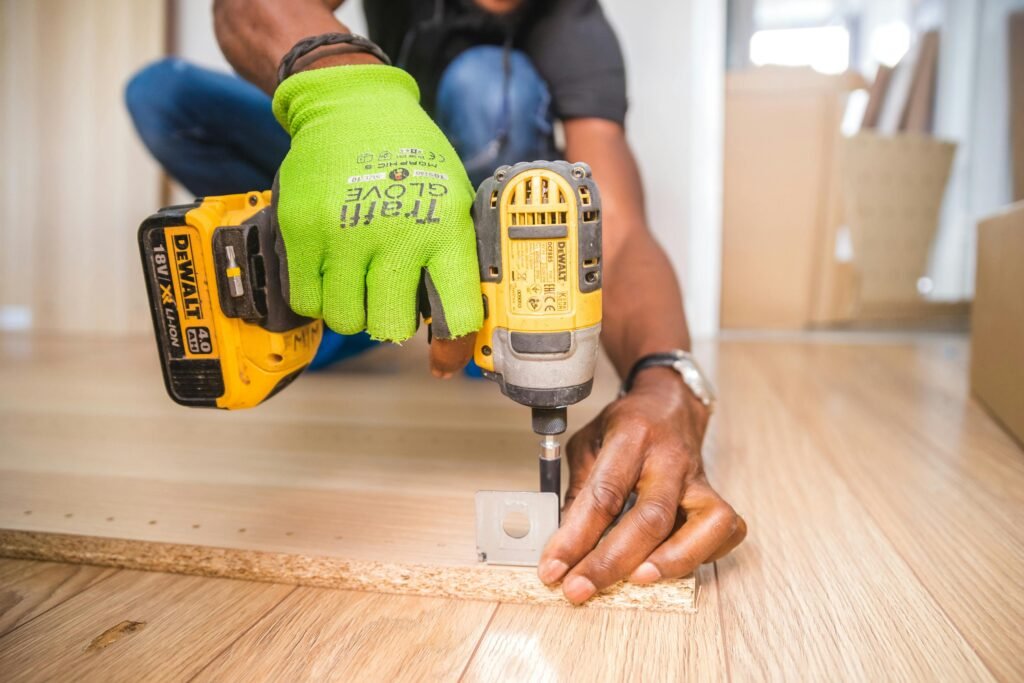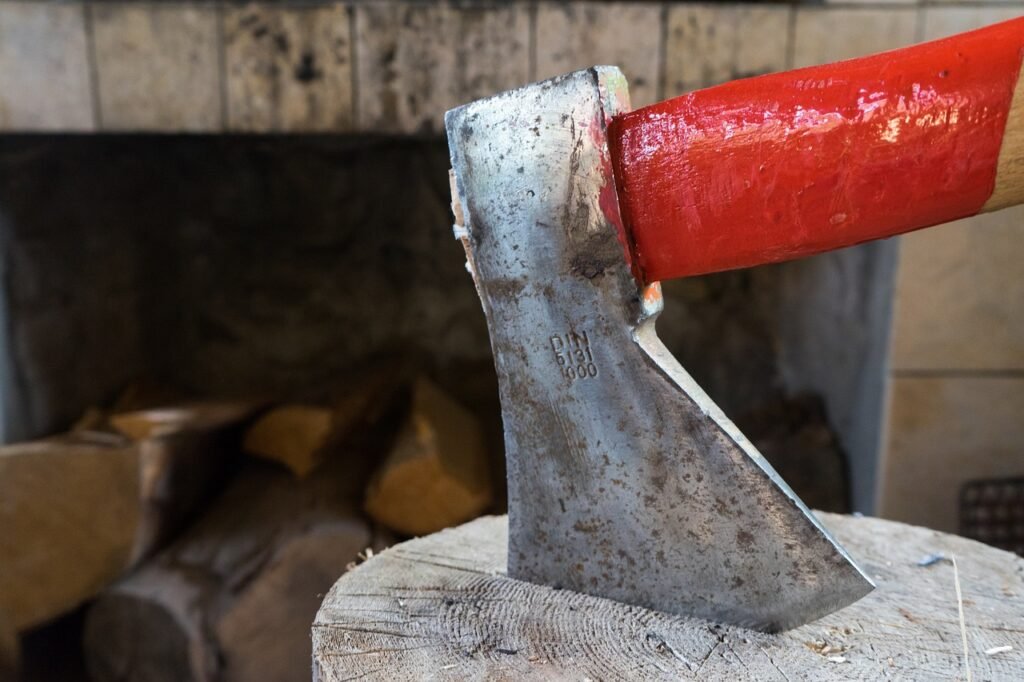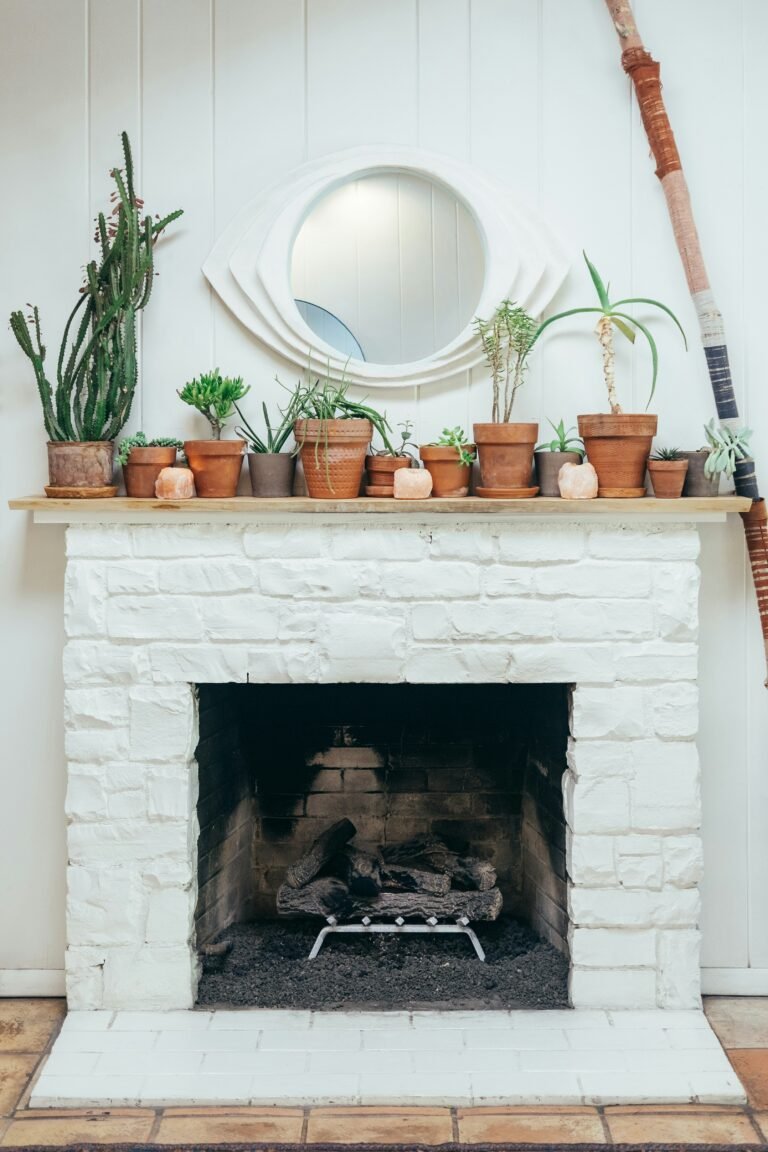Imagine cozy nights spent around a crackling fire, warming your hands and toasting marshmallows with loved ones. Now, picture being able to bring that idyllic scene wherever you go with your very own DIY portable fireplace. In this step-by-step guide, we will show you how to create a captivating centerpiece that sparks your imagination and adds a touch of warmth and charm to any space. Get ready to unleash your creativity and embark on a journey to transform your ambiance with our easy-to-follow instructions and materials you can find right at home. Let’s fuel our imaginations and get started on this exciting project!
Gathering Supplies
Before you begin this exciting DIY project, gather all the necessary supplies to ensure a smooth and enjoyable experience. Start by choosing a suitable container for your portable fireplace. Consider the size, shape, and material of the container to accommodate your desired design and functionality.
Next, select the fuel that will power your portable fireplace. Options include gel fuel, bioethanol, or even natural gas if you plan to connect it to a gas line. Research each type of fuel and choose the one that best suits your needs in terms of safety, cost, and availability.
Lastly, don’t forget about safety equipment. It is essential to prioritize safety when working with fire. Gather items such as safety gloves, safety goggles, and a fire extinguisher to ensure you are prepared for any unforeseen circumstances.
Preparing the Container
Once you have gathered all the necessary supplies, it’s time to prepare the container that will house your portable fireplace. Start by cleaning the container thoroughly to remove any dust, dirt, or debris. This step will ensure that your portable fireplace looks its best and maintains proper functionality.
After cleaning, consider adding ventilation holes to the container. Adequate ventilation is crucial for the proper flow of air and combustion within the portable fireplace. Depending on the size of your container, determine the number and size of ventilation holes needed. Make sure to evenly distribute them for optimum performance.
To enhance the appearance and durability of your portable fireplace, consider applying heat-resistant paint. This step will not only protect the container from the heat generated by the fire but also add a touch of style to your DIY project. Choose a color that matches your aesthetic preferences and follows safety guidelines for heat-resistant paint.

This image is property of images.pexels.com.
Creating the Firebox
The firebox is an essential component of your portable fireplace, as it contains the fire and ensures its safety. When choosing a fireproof material for the firebox, consider options such as stainless steel, fire-resistant bricks, or ceramic tiles. Each material has its advantages and aesthetic appeal, so choose the one that best suits your vision.
Once you have selected the material for the firebox, cut it to the appropriate size to fit inside the container. Ensure that the measurements are accurate and precise to create a snug and secure fit. Optimize the shape of the firebox to enhance its functionality and ensure that it complements the design of your portable fireplace.
Attach the firebox to the container securely using suitable hardware and fasteners. Double-check that it is firmly in place to prevent any mishaps or accidents during operation. The stability and durability of the firebox are paramount for your safety and the longevity of your portable fireplace.
Setting Up the Fuel System
Efficiently setting up the fuel system is crucial for the proper functioning of your portable fireplace. Begin by inserting the fuel holder into the container. Position it in a convenient location that allows easy access for refilling the fuel. Ensure that it is secure and stable to prevent any spills or accidents.
Next, take steps to secure the fuel holder in place. Depending on the design of your portable fireplace, methods such as brackets, screws, or adhesive may be used to keep the fuel holder steady. This step will prevent the fuel holder from moving and potentially causing spills or leaks.
Connect the fuel line to the fuel holder, ensuring a proper and secure fit. If using a fuel type that requires a separate fuel line, pay attention to the manufacturer’s instructions and guidelines for connecting it safely. A secure connection will prevent any fuel leaks and promote the efficient flow of fuel to the flame.

This image is property of images.pexels.com.
Adding Safety Features
Safety should always be a top priority when working with fire. To ensure the utmost safety when using your portable fireplace, incorporate essential safety features into your design. Start by installing a flame arrester. This device helps prevent the flame from spreading beyond the designated area, reducing the risk of accidents or injuries.
Additionally, including a fire extinguisher within reach is a vital safety precaution. In case of an emergency or accidental ignition, a fire extinguisher will provide you with the means to quickly and effectively extinguish the flame. Familiarize yourself with its proper usage and keep it well-maintained for optimal performance.
Implementing a safety shut-off valve is another crucial feature to consider. This valve allows you to shut off the fuel supply instantly in case of an emergency or if you need to extinguish the flame quickly. It provides you with an added layer of control and safety, minimizing the risk of accidents or injuries.
Testing and Adjusting
Before you can fully enjoy your portable fireplace, it’s important to test and adjust it to ensure its functionality and safety. Perform a leak test by inspecting all connections and fuel lines for any signs of leakage. Apply a soapy water solution to areas prone to leaks and observe for any bubbles, which would indicate a leak that needs to be addressed.
Check for proper air flow within the portable fireplace. Adequate oxygen supply is crucial for combustion and a steady flame. Ensure that the ventilation holes in the container are sufficient and unobstructed. Adjust their size or number if necessary to optimize air flow and promote an efficient and beautiful flame.
You may need to adjust the fuel flow and burn rate to achieve your desired flame intensity and duration. Consult the manufacturer’s guidelines for your specific fuel type and experiment with different settings to find the perfect balance. It may take a few tries to achieve the desired result, but the process is part of the fun and customization of your portable fireplace.

This image is property of images.pexels.com.
Enhancing Aesthetics
Once you have successfully built and tested your portable fireplace, it’s time to let your creativity shine and enhance its aesthetics. Decorate the exterior of the container to reflect your personal style and preferences. Consider using heat-resistant paint, mosaic tiles, or other decorative materials to create a visually appealing and unique design.
Personalize the design further by incorporating elements that are meaningful to you. This could include adding your favorite quotes, symbols, or artwork. Let your imagination run wild and make your portable fireplace a conversation piece and an extension of your personality.
To elevate the functionality and visual appeal of your portable fireplace, consider adding additional features. This could include built-in shelves for displaying decorative items or a storage compartment for keeping firewood or extra fuel. These features can enhance the overall user experience and make your portable fireplace even more convenient and enjoyable to use.
Operating the Portable Fireplace
With all the hard work and creativity put into building your portable fireplace, it’s time to enjoy the warmth and ambiance it provides. Start by filling the fuel holder with the chosen fuel, following the manufacturer’s recommendations for capacity and safety. Avoid overfilling to prevent spills or accidents.
Ignite the fireplace by following the proper ignition method based on your chosen fuel type. Be cautious and use long-handled ignition tools, such as lighters or fireplace matches, to maintain a safe distance from the flame. Take your time and observe the ignition process to ensure it is successful and the flame is steady and controlled.
Monitoring and maintaining the flame throughout its operation is crucial for safety and a pleasant experience. Keep an eye on the flame’s intensity, ensuring it remains within a safe range and does not pose any hazards. Adjust the fuel flow or ventilation if necessary to maintain an optimal flame size and appearance.

This image is property of pixabay.com.
Safety Considerations
While enjoying the warmth and beauty of your portable fireplace, it is important to prioritize safety at all times. Operate your portable fireplace in a well-ventilated area to prevent the accumulation of harmful gases or smoke. Ensure that there is sufficient airflow, either through open windows or doors, or by using ventilation systems.
Keep flammable materials away from the portable fireplace to minimize the risk of accidental fires. Maintain a safe distance between the flame and any combustible items, such as curtains, furniture, or paper materials. Creating a designated and clear space around your portable fireplace will help ensure accidents are prevented.
Never leave your portable fireplace unattended. It is essential to monitor the flame at all times, especially if there are pets or children present. Make it a habit to extinguish the flame completely before leaving the area or going to sleep. This simple precaution will eliminate any potential risks and provide peace of mind.
Care and Maintenance
To prolong the lifespan and efficiency of your portable fireplace, regular care and maintenance are necessary. Clean the fuel holder after each use to remove any residue or debris. Use appropriate cleaning solutions and tools recommended by the manufacturer to ensure a thorough and safe cleaning process.
Regularly inspect your portable fireplace for any signs of wear and tear. Check for loose or damaged parts, such as the fuel holder, firebox, or fuel line. Replace any worn-out components promptly to maintain the optimum functionality and safety of your portable fireplace.
When not in use, store your portable fireplace in a safe location away from direct heat or sunlight. Keep it protected from the elements, such as rain or snow, to prevent any damage or deterioration. Consider covering it with a waterproof cover or storing it indoors to ensure it remains in pristine condition.
Building a DIY portable fireplace is a rewarding project that allows you to showcase your creativity while adding warmth and charm to your living space. By following these steps and considering safety as the utmost priority, you will have a masterpiece that fuels your imagination and creates a cozy atmosphere for years to come.




